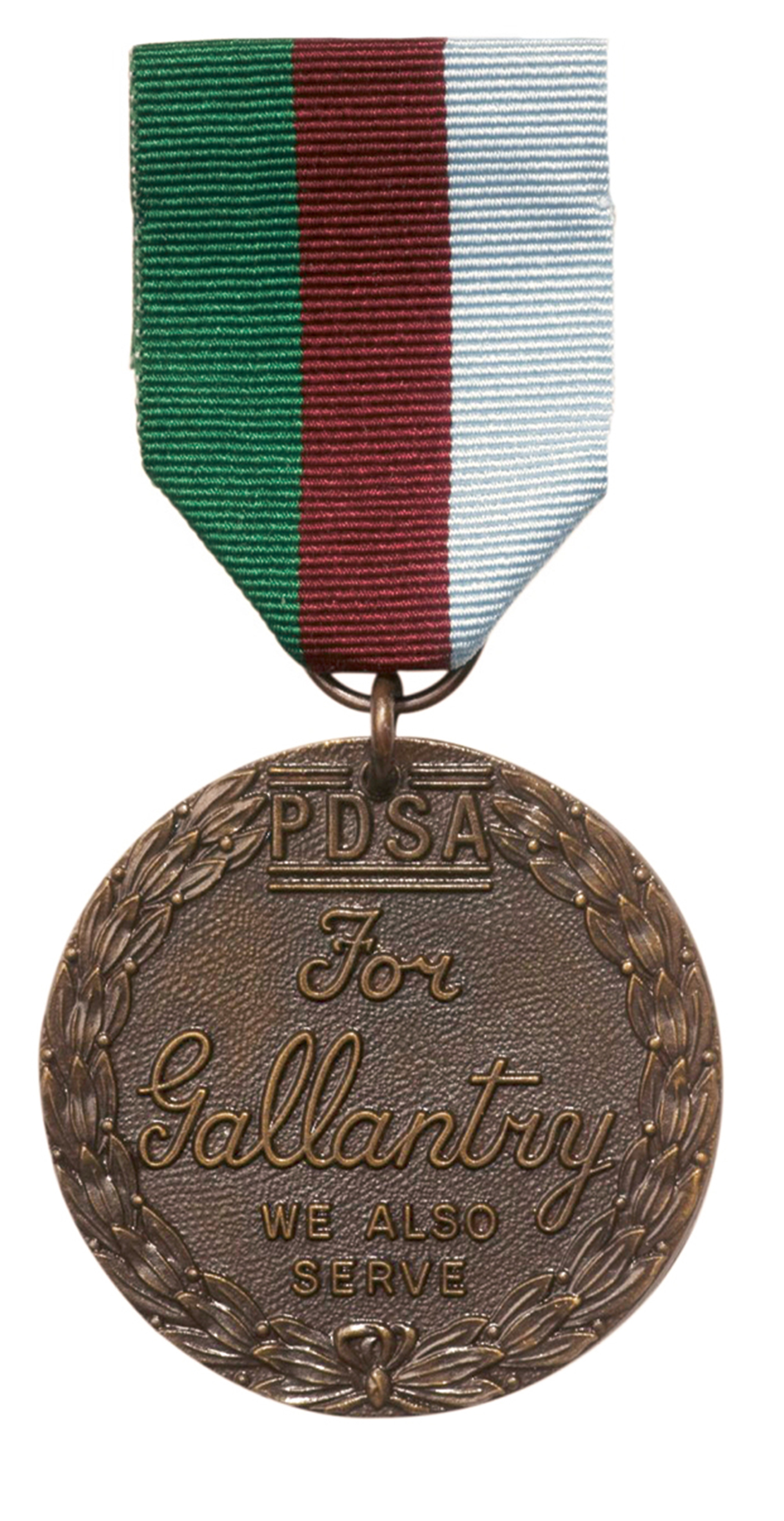Inventory / Good Boy
Honoring animal bravery
George Pendle
“Inventory” is a column that examines or presents a list, catalogue, or register.
It was not the first time N.U.R.P.38.EGU.242 had parachuted into German-occupied France. He hadn’t minded the nighttime plummet, the cold air slapping at his face. It was getting back that worried him. Look what had happened to Mary the last time; half her body had been ripped apart by shrapnel, probably from their own side’s bloody bombs. When was that? Yesterday? Two weeks ago? He couldn’t remember. He never could. He shivered inside his down coat. How he longed to get home, back to Sussex and Sid. Ah, Sid. No one better. Sid always looked after him, kept him watered and fed, cooed sweet nothings into his ear each morning. But Sussex was a long way away. N.U.R.P.38.EGU.242 knew the numbers: fewer than one in eight of his kind ever returned. There were marksmen waiting all along the coast for him. Falcons too. He flinched as the cold metal canister was strapped to his leg. Suddenly the sock was whisked off his head and the fingers holding him loosened. With one snap of his wings, he was away, up and up, rising through the night air. He took one large circle over the men below, felt the tug of the earth’s magnetic field on his beak, and headed for home.
During World War II, N.U.R.P.38.EGU.242, a red checker pigeon better known as Commando, was airdropped into occupied France over ninety times. Carried into the war zone by British secret agents, or parachuted in by himself in a special container to be retrieved by members of the Resistance, Commando transported crucial messages—concerning enemy troop movements or potential bombing targets—back to England in a tiny cylinder strapped to his leg. Since being caught in possession of a radio could get you tortured and executed by German troops, pigeons like Commando provided a far safer means of covert communication. Donated to Great Britain’s National Pigeon Service by prominent pigeon fancier Sid Moon, Commando survived bombs, bad weather, sharpshooters, and Nazi falconers in pursuance of his mission. For his courage under “exceptionally adverse conditions,” he was awarded the highest honor that a non-human combatant can receive—the Dickin Medal.

First instituted in 1943 by the British animal welfare pioneer Maria Dickin, the Dickin Medal—awarded by the People’s Dispensary for Sick Animals—is a bronze medallion inscribed with the words “For Gallantry” and, in smaller letters, “We Also Serve.” Intended to honor the work of animals in wartime, the medal was awarded to Commando and thirty-one other pigeons—the species with the most recipients. (Mary of Exeter, a pigeon who survived severe shrapnel wounds, falcon evisceration, and having part of her wing shot off, was another.) Dogs have been awarded the medal twenty-nine times, horses three times, and, surprisingly, considering its supercilious nature, a cat once. Selection criteria are strict and require eyewitness reports and the recommendation of a commanding officer, but once these have been satisfied, an animal can seek to enter the pantheon of such heroic fauna as Rifleman Khan, the Alsatian dog who saved a soldier from drowning while under heavy enemy fire, or Upstart, a police horse who remained unperturbed while directing traffic as flying bombs exploded around him, or Simon, the feline outlier who was a ship’s cat aboard the HMS Amethyst and received his medal for raising morale and killing off a rat infestation during the infamous Yangtze incident of 1949.